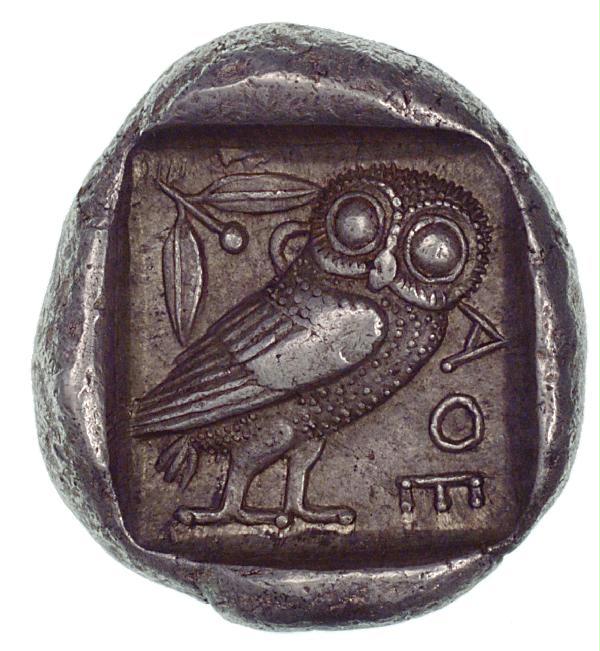Brilliant gems of knowledge have been surfacing as I learn more about the Williamsburg Art and Historical Center.
In recent correspondence with Terrance Lindall, we have been discussing Yuko Nii’s “Bridge Concept” and the mission of the WAH Center to bring different peoples together by building cultural bridges that serve as a catalyst for producing social and economic progress. One of Yuko’s inspirations was the bridge that was figuratively built when Japan opened its doors to the West and America during the Meiji (“enlightenment”) period. Western ideas in education, politics and commerce found fertile soil in Japan, which subsequently, and with remarkable alacrity, modernized into a world power of the first order. Though the initial progress of the Japanese Empire is a controversial subject, there is consensus applauding the “second” modernization of Japan that took place after the Second World War--once again with remarkable alacrity, and producing a nation that not only emerged again as a world power of the first order, but moreover did so with a denunciation of offensive warfare placed at the center of its new political constitution.
Housed in the WAH Center, the Yuko Nii Foundation is custodian to collections of books, art, porcelain, kimonos, sculpture, rare curios, and other objects d’art. Among this vast archive is an original illustration of President Ford and Emperor Hirohito honoring Perry's world changing voyage to Japan. The illustration is signed by President Ford and the illustrator Lloyd Ostendorf. The 20th century's pre-eminent authority on Lincoln photographs, Ostendorf was also the most famous illustrator of the life of Lincoln.
President Ford and Emperor Hirohito honoring Perry's Voyage, by Lloyd Ostendorf.
A first edition, 1856, of Perry's voyage. There was one previous large format version presented only to members of Congress. It contained an infamous nude bathing scene that scandalized the Capitol.
An illustration from Perry's Voyage.






























No comments:
Post a Comment